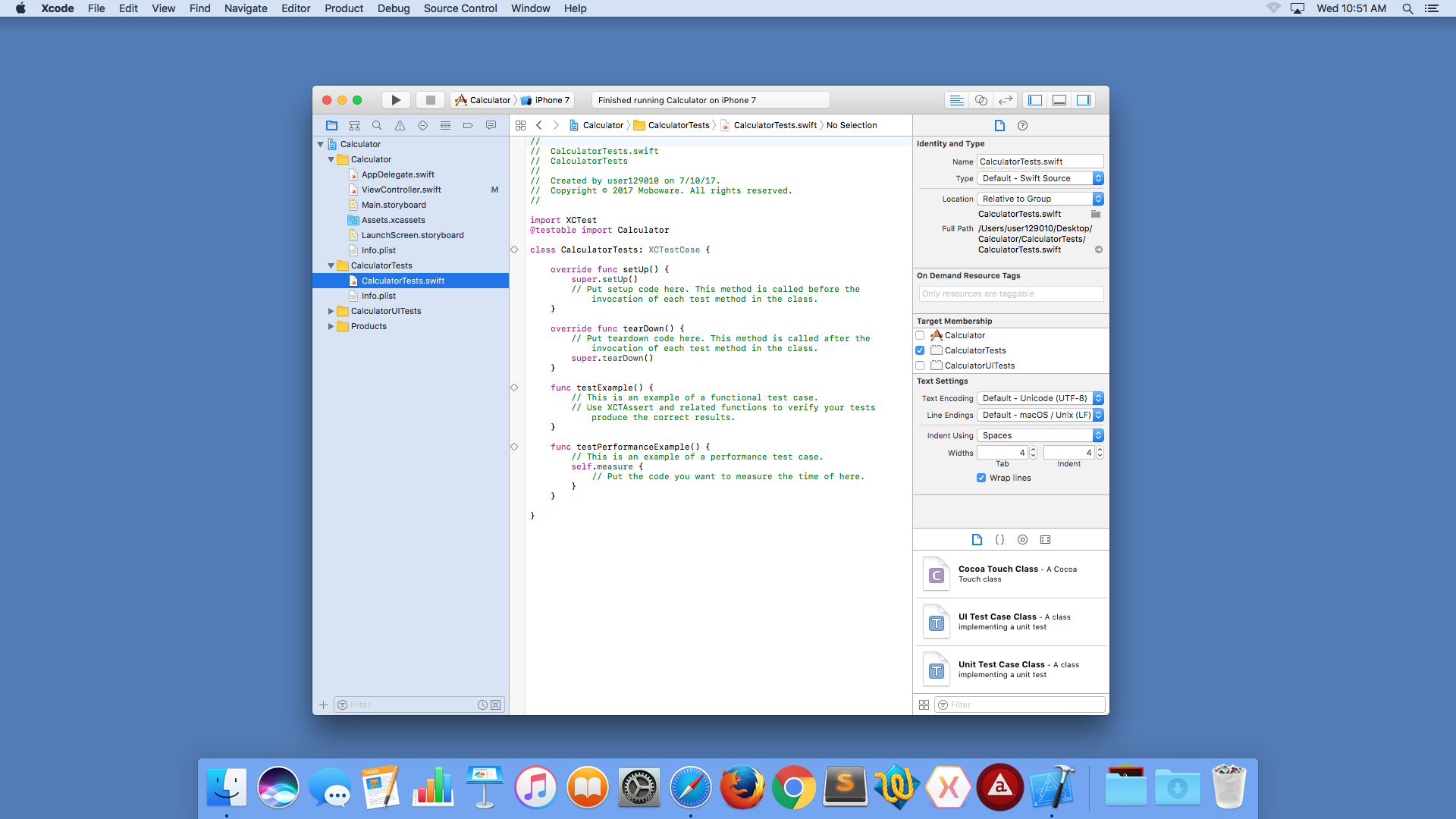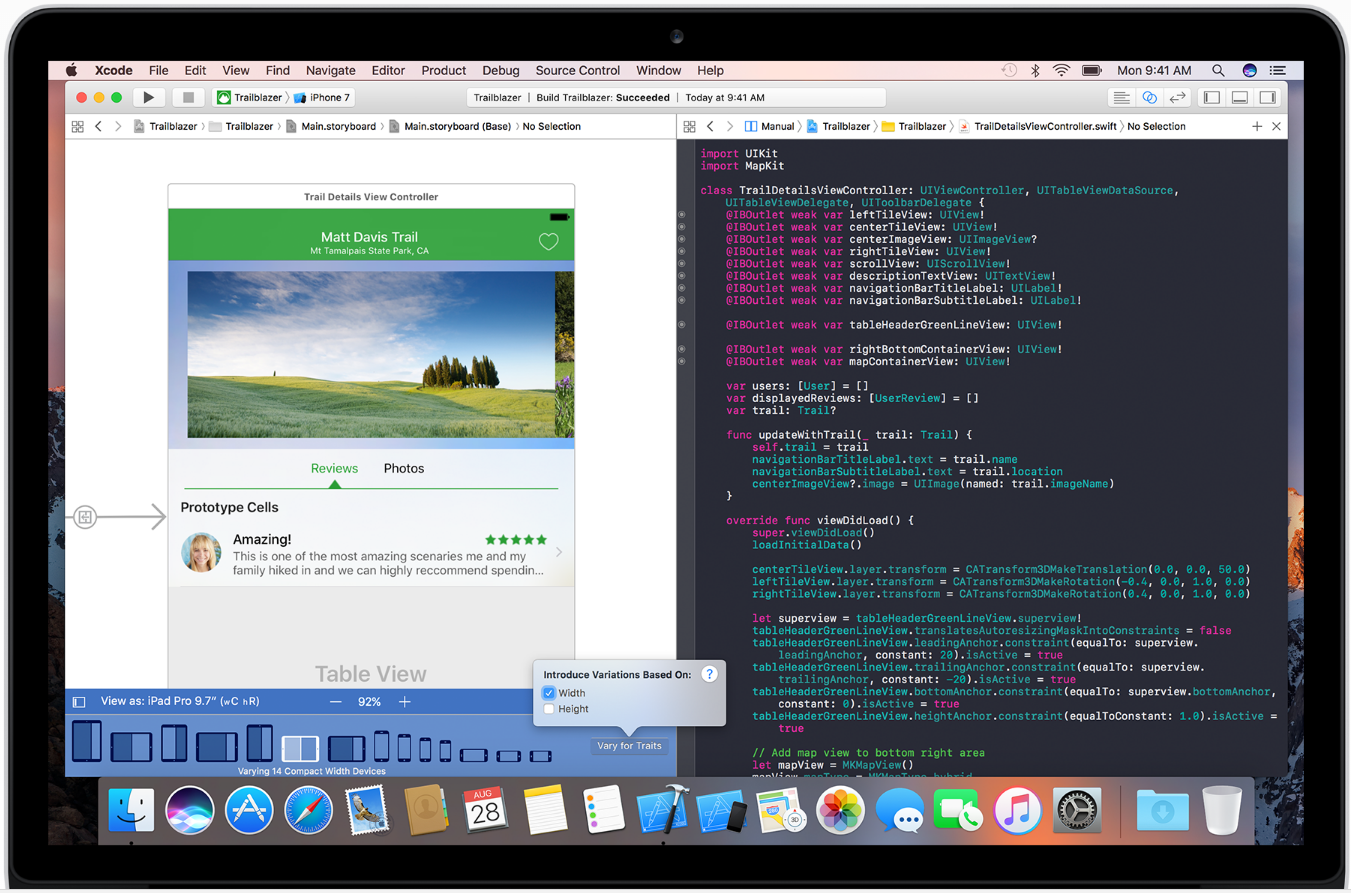
- #MAC XCODES FREE HOW TO#
- #MAC XCODES FREE MAC OS X#
- #MAC XCODES FREE INSTALL#
- #MAC XCODES FREE REGISTRATION#
- #MAC XCODES FREE WINDOWS 10#
You can then click "Save" in the File menu to save all runs as a. You click start and stop as many times as you choose, and each logging session will be saved separately under the same file. While the trace is running, reproduce the issue you are troubleshooting. Your Instruments set will start monitoring all file open operations and CPU usage for all processes. See "dtrace_all.zip" in attachments section at bottom of article.
 Before proceeding, you can choose "Save as Template." from the File menu, to save this for later use. Choose from the dropdown menu as shown below to attach your instrument to the target of our investigation: All Processes. Normally, we will not add any conditions, and log all activity.Ĭlick "Save" in the custom instrument dialog when you are done. If desired, you can also click the plus (+) button to the right of "System Call/open*" and add further logging conditions.įor example, you could add Executable="navx" to log only those file activities related to the navx process. See image below for these highlighted items.
Before proceeding, you can choose "Save as Template." from the File menu, to save this for later use. Choose from the dropdown menu as shown below to attach your instrument to the target of our investigation: All Processes. Normally, we will not add any conditions, and log all activity.Ĭlick "Save" in the custom instrument dialog when you are done. If desired, you can also click the plus (+) button to the right of "System Call/open*" and add further logging conditions.įor example, you could add Executable="navx" to log only those file activities related to the navx process. See image below for these highlighted items. 
Click the plus (+) button to the right of "arg0/path", to add another data item to record: executable name. For our purposes, choose "System Call", "open*", "arg0", and "path". Next, we want to add an instrument that will monitor file "open" operations: Choose "Build New Instrument" from the Instrument menu.ĭon't be intimidated by the choices that appear.
"Activity Monitor" will start you with a template that monitors CPU usage for all processes. To begin your own template, select "File System" from the Mac OS X list, then choose "Activity Monitor". Or,the following steps and images will tell you how this template is constructed, and give you ideas on how it can be customized. You can start right away by choosing "Open an Existing File." and using the pre-constructed template available in "dtrace_all.zip" - see attachments section at bottom of this article. When Instruments first starts, you must make a template choice. Instruments will be installed to your system drive, in /Developer/Applications/ - run it from there, or from the Xcode application menu item select Open Developer Tool->Instruments (in newer versions of Xcode). #MAC XCODES FREE HOW TO#
This procedure can easily be adjusted to trace only specific processes and executables, but for our purposes here you will be shown how to monitor CPU and file activity for all processes. Please use the most up to date version of Xcode for your environment to ensure compatibility. Please note: Xcode is a very large download and depending on network speeds may take some time to fully download. Double-click "Xcode.mpkg" and choose the default install.
#MAC XCODES FREE INSTALL#
On older versions of Mac OS X distributed on physical media, Xcode will be located in the "Optional Installs" folder to install from. #MAC XCODES FREE REGISTRATION#
The Apple Developer site ( - requires registration of a developer account). The Mac App store (in Mac OS X 10.6.8 and later - requires registration with the App Store). Xcode is free and can be obtained via the following means: To install Instruments, you must install Xcode, the Macintosh development tools. Use the fs_usage command line to trace SymDaemon file activity instead. Also, the newer SEP client for Macintosh (as of SEP 12.1 RU4) and SymDaemon process are not visible to Instruments tracing. NOTE: Instruments and the required Xcode installation can be unwieldy. It can log and provide statistics for many application and kernel-level operations. DTrace is a troubleshooting tool available on several Unix-like operating systems, including Mac OS X. Frameworks like Flutter, React Native, or Xamarin allow you to target multiple platforms with the same code base, which can save a lot of development time if that is something you plan on doing."Instruments" is an application provided by Apple that provides a graphical user interface for the DTrace command-line tool. #MAC XCODES FREE MAC OS X#
You can install Mac OS X alongside your normal operating system and easily download Xcode on it.Īnother way is to shift to a different development tool instead of using Objective-C or Swift code. On the other hand, if you’re willing to dip into some technical stuff to secure a long-term solution, virtualization might be the answer for you.

This approach costs very little and allows you to start developing without any complicated setup. If you’re looking for convenience, then the simplest method to get Xcode running on a Windows computer is by renting a Mac.
#MAC XCODES FREE WINDOWS 10#
What Is the Best Way To Run Xcode And Develop iOS Apps on Windows 10 and 11? It’s free and open-source, with readily available tutorials to help you get started. ReactNative leverages the powerful and flexible React framework to allow developers to craft apps for iOS or Android using Javascript.






 0 kommentar(er)
0 kommentar(er)
